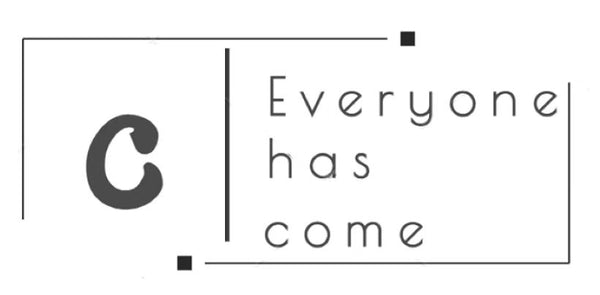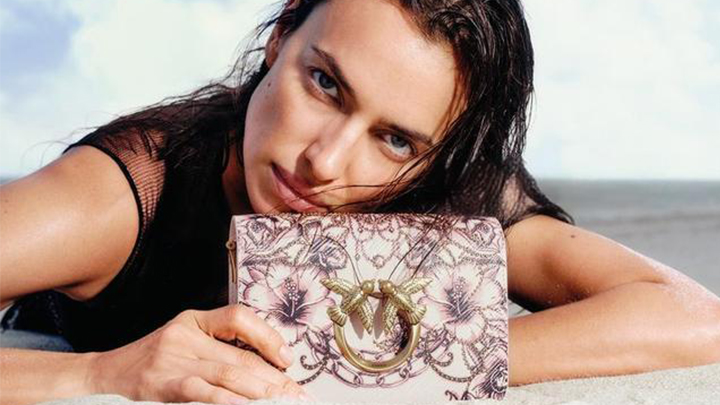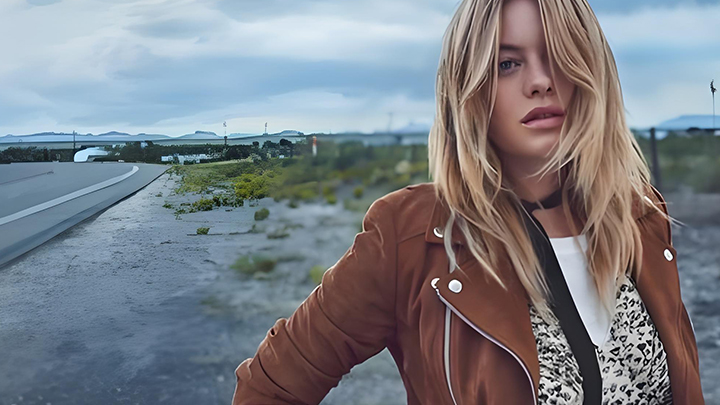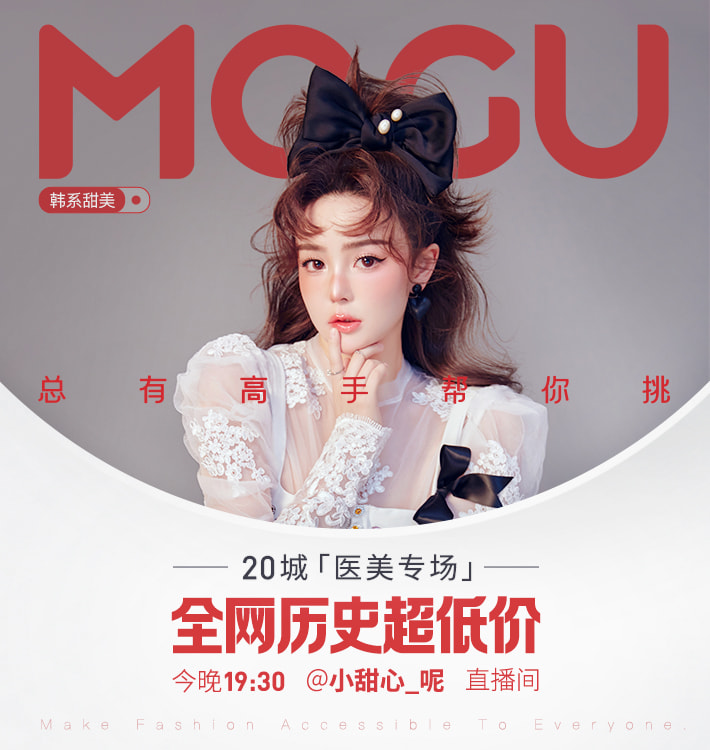Fashion: A Cycle of Trends
Fashion is a fascinating phenomenon that continuously evolves, yet often circles back to its roots. The cyclical nature of fashion reflects the dynamic interplay between history, culture, and creativity, as trends from the past are reinterpreted and reinvented for contemporary audiences. This cyclical process not only shapes the way we dress but also influences societal norms, individual expression, and collective identity.

1.Historical Reflections:
The notion of fashion as a cycle is evident throughout history, as trends from different eras resurface with renewed relevance and resonance. Styles that were once deemed outdated or passé are rediscovered and celebrated, as fashion designers draw inspiration from the past to create the future. From the flapper dresses of the 1920s to the bell-bottoms of the 1970s, each decade leaves its mark on the sartorial landscape, leaving a legacy that continues to influence fashion today.
2.Cultural Significance:
Fashion is deeply intertwined with culture, reflecting the values, beliefs, and aspirations of society at large. As cultural movements and societal shifts occur, fashion serves as a visual language through which individuals express their identity and affiliations. Whether it's the punk subculture of the 1970s or the streetwear scene of the 1990s, fashion movements often emerge as a response to prevailing social and political realities, challenging conventions and pushing boundaries in the process.
3.Creative Revival:
Creativity lies at the heart of the fashion cycle, driving innovation, experimentation, and reinvention. Designers and artists continually reinterpret and reimagine existing styles, materials, and techniques, infusing them with new meaning and significance. What was once considered passé becomes trendy once again, as designers put their own spin on classic motifs and silhouettes, breathing new life into old favorites.
4.Consumer Influence:
Consumer behavior also plays a crucial role in shaping the fashion cycle, as trends are driven by demand, preferences, and cultural zeitgeist. Social media platforms, celebrity endorsements, and influencer culture amplify the visibility and reach of fashion trends, accelerating the pace of change and blurring the lines between high and low culture. As a result, consumers have unprecedented access to a diverse array of styles and influences, allowing them to curate their own individualized fashion narratives.
5.The Future of Fashion:
Looking ahead, the fashion cycle shows no signs of slowing down, as innovation and creativity continue to fuel the industry's evolution. While trends may come and go, the enduring appeal of fashion lies in its ability to reflect the ever-changing landscape of human experience. As new technologies emerge, global connections deepen, and cultural boundaries blur, fashion will continue to serve as a dynamic platform for self-expression, creativity, and cultural exchange.
In conclusion, fashion is indeed a cycle, perpetually in motion as it moves through time, culture, and creativity. From historical reflections to cultural significance, creative revival, and consumer influence, the fashion cycle encompasses a myriad of influences and dynamics. As we navigate the ever-changing currents of fashion, one thing remains certain: the journey of self-discovery and expression through style is a timeless pursuit that transcends trends and cycles.




